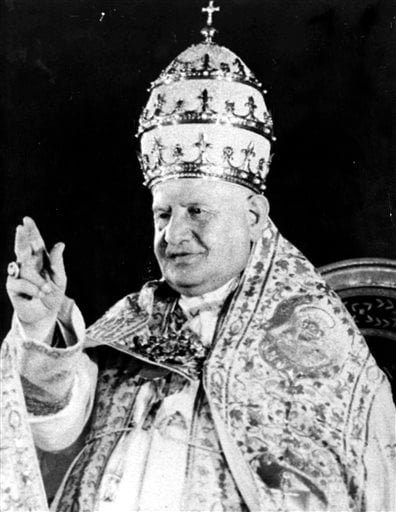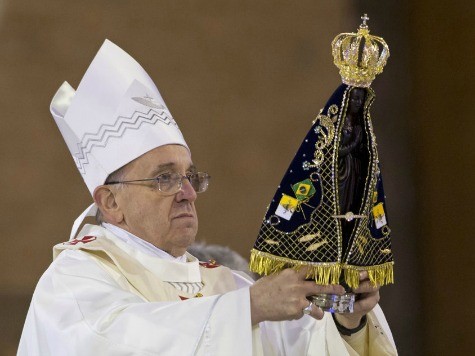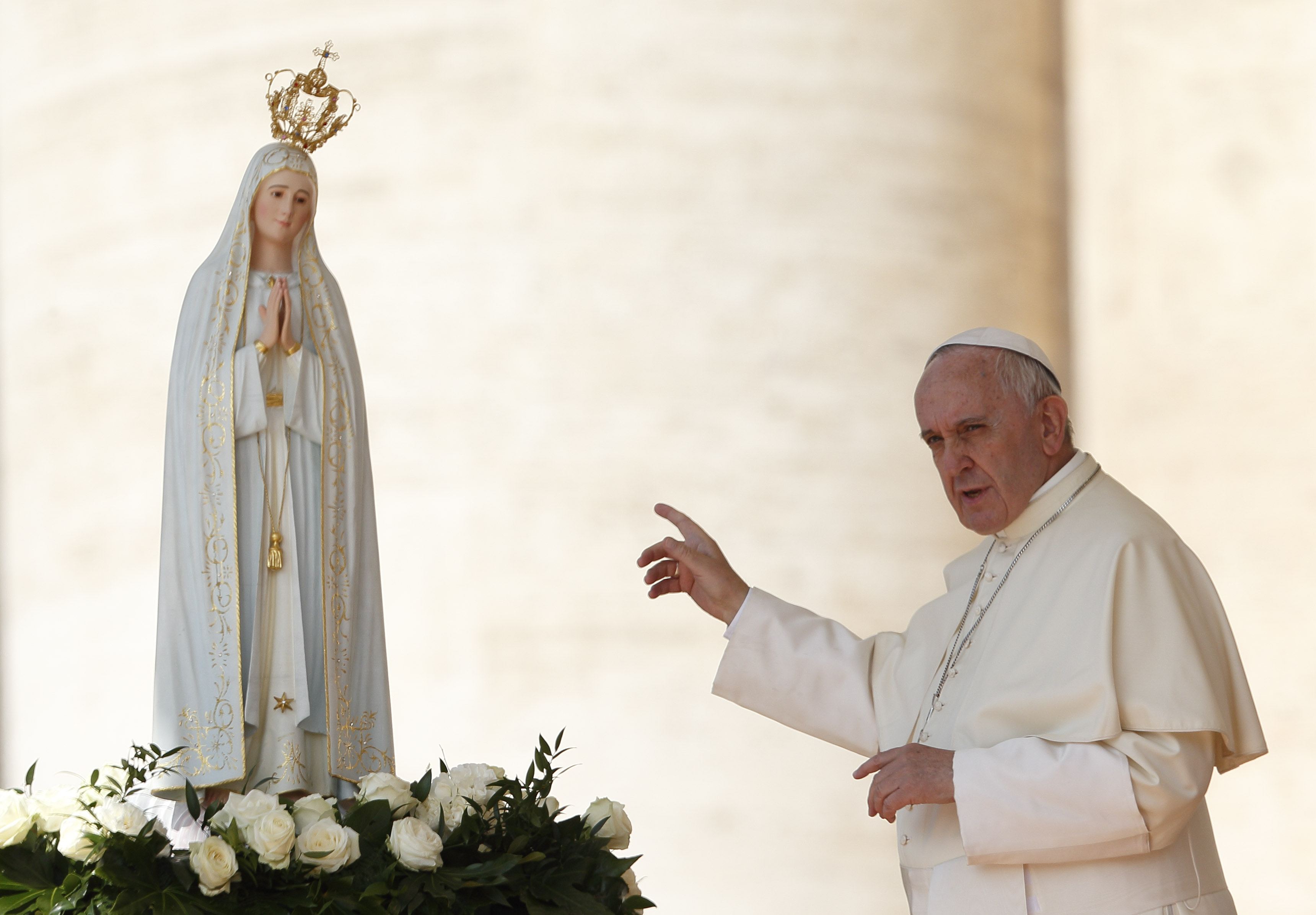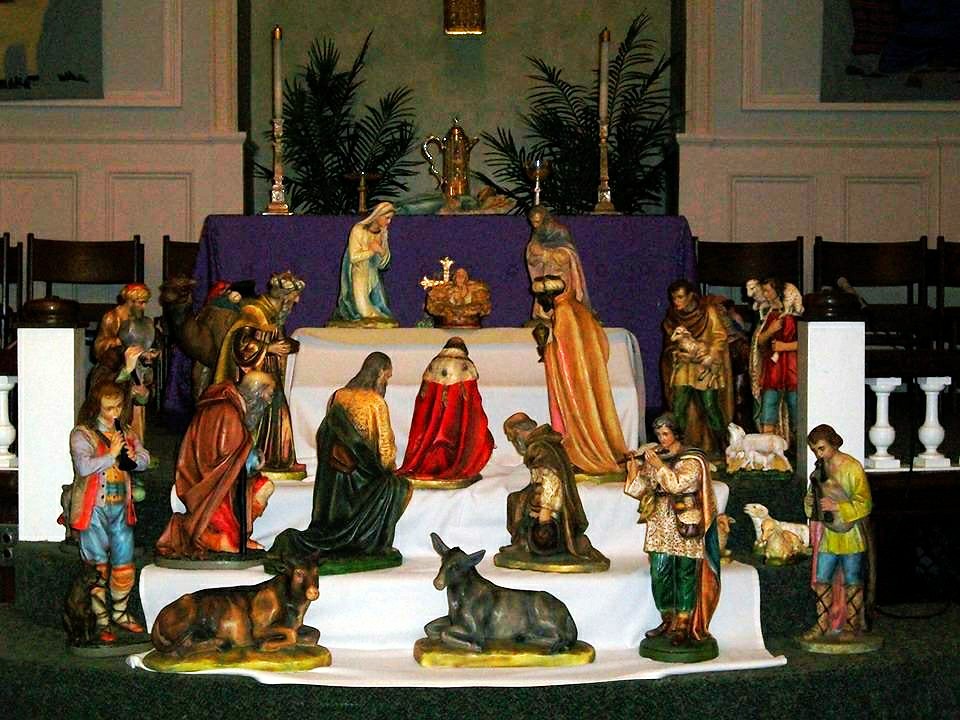Protestant
Well-Known Member
1. Is it possible to be elected to eternal life without sanctification and holiness?
2. Does the Bible teach the indissoluble connection between justification and sanctification?
3. If the answer to the first question is ‘no’ and the answer to the second question is ‘yes,’ is it possible to determine who are the Reprobate?
John Calvin had the audacity to say ‘yes’ to this third question:
“In regard to the elect, we regard calling as the evidence of election, and justification as another symbol of its manifestation, until it is fully accomplished by the attainment of glory. But as the Lord seals his elect by calling and justification, so by excluding the reprobate either from the knowledge of his name or the sanctification of his Spirit, he by these marks in a manner discloses the judgment which awaits them.” (Institutes, Book 3, Chapter 21, ¶ 7).
Calvin was able to answer in the affirmative because he rightly understood the answers to questions 1 & 2.
1. According as he hath chosen us in him before the foundation of the world, that we should be holy and without blame before him in love (Eph. 1:4).
Election is unto eternal life, which will be a holy and justified life because God purposed it. What God purposes He always accomplishes (Isaiah 46:10).
2. And we know that all things work together for good to them that love God, to them who are the called according to his purpose. For whom he did foreknow, he also did predestinate to be conformed to the image of his Son, that he might be the firstborn among many brethren (Romans 8:28-29).
Union with Christ, the Holy One of God, includes partaking in His righteousness and holiness (1 Cor. 1:30). Thus, if it is possible to separate justification and sanctification from the person of Christ, then and only then, will it be possible to separate them in the lives of Christians.
I now draw the readers’ attention to the photo below:
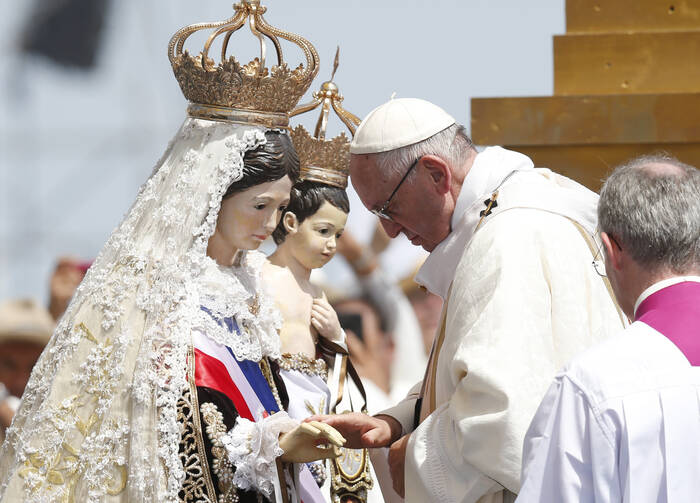
The man in the photo dressed in religious regalia, sporting a beanie, purports to be a Christian: called by the Gospel, justified by faith and good works, sanctified by the Spirit, walking with God, beloved of God, obedient to His commands, loving Him above all else.
Pope Francis is no ordinary professing Christian. He has been ratified by his peers to be the current Supreme Head of the Church instituted by Christ. He has been chosen to be the infallible spiritual master in matters of faith and morals.
Having pursued decades of biblical studies, having pastored thousands of parishioners, having mentored hundreds of priests, having prayed hundreds of thousands of prayers, with or without the Rosary and holy relics, this photo reveals to many the horrific state of Jorge Mario Bergoglio’s soul.
That is, to many, not all.
To many, not all, this photo depicts the spiritual state of a very religious man who lacks saving knowledge of our Lord.
To many, not all, this photo reveals a very religious man who walks after the flesh, not after the Spirit.
To many, not all, this photo reveals a very religious man who is carnally minded, at enmity with God.
To many, not all, this photo shows a very religious man dead in trespasses and sins, a son of disobedience, upon whom the wrath of God abides.
To many, not all, this photo manifests a religious man lustfully engaged in spiritual fornication with a demon, for behind all idols are demons (1 Cor. 10:20).
To many, not all, this photo exhibits a vessel of wrath fitted to destruction, who hates the truth and holiness of God in Jesus Christ.
If this be true, how can those who follow this master not be likewise doomed?
For if the blind lead the blind will not both fall into a pit?
Is the servant greater than his master?
2. Does the Bible teach the indissoluble connection between justification and sanctification?
3. If the answer to the first question is ‘no’ and the answer to the second question is ‘yes,’ is it possible to determine who are the Reprobate?
John Calvin had the audacity to say ‘yes’ to this third question:
“In regard to the elect, we regard calling as the evidence of election, and justification as another symbol of its manifestation, until it is fully accomplished by the attainment of glory. But as the Lord seals his elect by calling and justification, so by excluding the reprobate either from the knowledge of his name or the sanctification of his Spirit, he by these marks in a manner discloses the judgment which awaits them.” (Institutes, Book 3, Chapter 21, ¶ 7).
Calvin was able to answer in the affirmative because he rightly understood the answers to questions 1 & 2.
1. According as he hath chosen us in him before the foundation of the world, that we should be holy and without blame before him in love (Eph. 1:4).
Election is unto eternal life, which will be a holy and justified life because God purposed it. What God purposes He always accomplishes (Isaiah 46:10).
2. And we know that all things work together for good to them that love God, to them who are the called according to his purpose. For whom he did foreknow, he also did predestinate to be conformed to the image of his Son, that he might be the firstborn among many brethren (Romans 8:28-29).
Union with Christ, the Holy One of God, includes partaking in His righteousness and holiness (1 Cor. 1:30). Thus, if it is possible to separate justification and sanctification from the person of Christ, then and only then, will it be possible to separate them in the lives of Christians.
I now draw the readers’ attention to the photo below:

The man in the photo dressed in religious regalia, sporting a beanie, purports to be a Christian: called by the Gospel, justified by faith and good works, sanctified by the Spirit, walking with God, beloved of God, obedient to His commands, loving Him above all else.
Pope Francis is no ordinary professing Christian. He has been ratified by his peers to be the current Supreme Head of the Church instituted by Christ. He has been chosen to be the infallible spiritual master in matters of faith and morals.
Having pursued decades of biblical studies, having pastored thousands of parishioners, having mentored hundreds of priests, having prayed hundreds of thousands of prayers, with or without the Rosary and holy relics, this photo reveals to many the horrific state of Jorge Mario Bergoglio’s soul.
That is, to many, not all.
To many, not all, this photo depicts the spiritual state of a very religious man who lacks saving knowledge of our Lord.
To many, not all, this photo reveals a very religious man who walks after the flesh, not after the Spirit.
To many, not all, this photo reveals a very religious man who is carnally minded, at enmity with God.
To many, not all, this photo shows a very religious man dead in trespasses and sins, a son of disobedience, upon whom the wrath of God abides.
To many, not all, this photo manifests a religious man lustfully engaged in spiritual fornication with a demon, for behind all idols are demons (1 Cor. 10:20).
To many, not all, this photo exhibits a vessel of wrath fitted to destruction, who hates the truth and holiness of God in Jesus Christ.
If this be true, how can those who follow this master not be likewise doomed?
For if the blind lead the blind will not both fall into a pit?
Is the servant greater than his master?

